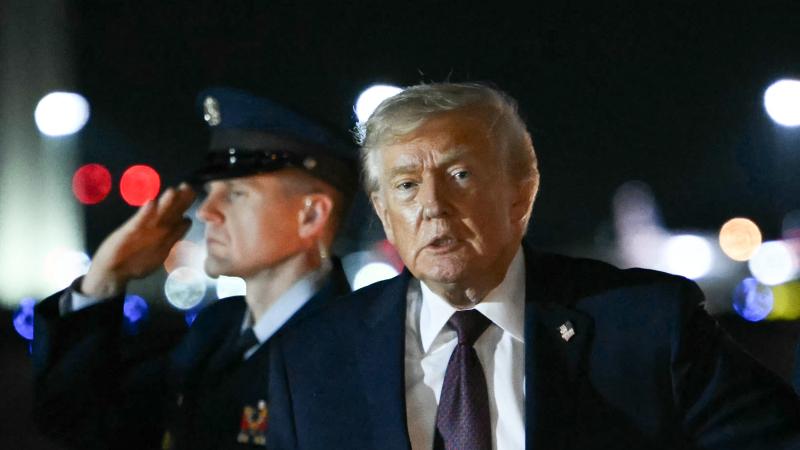Donald Trump leads Kamala Harris among Jewish New Yorkers: Poll
The poll comes as Harris tries to balance her support for Israel and its right to defend itself against an enemy attack with compassion for the Palestinians who are caught in the middle of Israel's war with Hamas.
Former President Donald Trump is leading rival Vice President Kamala Harris in support among likely Jewish voters in New York, according to a new poll released on Tuesday.
The poll, conducted by the Siena Research Institute, found that Trump garnered support from 50% of the likely Jewish votes in New York, while Harris, who is now the Democratic nominee for president, received 49% of the vote.
Although the lead is small, President Joe Biden led Trump in the state's Jewish vote by six percentage points in June. However, Harris grew Biden's overall lead against Trump in the deep blue state, by leading the former president by 14 points, compared to the eight-point lead for Biden.
The poll comes as Harris tries to balance her support for Israel and its right to defend itself against an enemy attack with compassion for the Palestinians who are caught in the middle of Israel's war with Hamas.
"I believe that we have got to continue to enforce what we know to be and should be the priorities in terms of what is happening in Gaza," Harris said in March, according to Fox News. "We've been very clear that far too many innocent Palestinians have been killed. We have been very clear that Israel and the Israeli people and Palestinians are entitled to an equal amount of security and dignity."
The poll is also notable because Harris' husband Doug Emhoff is Jewish, and she considered making Pennsylvania Gov. Josh Shapiro, who is Jewish, her running mate. However, she opted for Minnesota Gov. Tim Walz on Tuesday instead.
The lead is also significant because Jewish voters tend to vote more Democrat, with Jewish voters supporting Biden over Trump 68% to 30% in 2020, and Clinton over Trump by a margin of 71% to 26% in 2016.
The Siena poll was conducted between July 28 and Aug. 1 and surveyed 1,199 likely voters in New York. It had a margin of error of plus or minus four percentage points.
















